Japanese Indigo Dye
Japanese Indigo Dye, or “Aizome,” is a natural dye. It creates a deep blue color. Made from the Persicaria tinctoria plant, it has been used in Japan for centuries. This dye works on many natural materials, producing the famous “Japan Blue.”
Features, Source, and Ingredients
Japanese Indigo Dye comes from the Persicaria tinctoria plant. This plant grows mainly in Japan, especially in Tokushima Prefecture.
The dye is made by fermenting indigo leaves into “sukumo.” This natural process takes months and is chemical-free. The result is a high-quality, eco-friendly dye that provides lasting color.
Profile and Fastness
This dye creates a rich blue shade called “Japan Blue.” It resists fading and lasts a long time. Its strong color makes it ideal for textiles. It also improves with wear and washing, giving fabrics a unique character over time.
Recommended Materials and Uses
Japanese Indigo Dye works well on natural materials, including:
- Cotton – Perfect for shirts, scarves, and dresses.
- Linen – Great for tablecloths and napkins.
- Silk – Best for fine garments and accessories.
- Leather – Used for dyed leather goods.
- Wood and Washi Paper – Common in traditional Japanese crafts.
Japanese Indigo is popular in textile arts like Shibori (tie-dye) and Katazome (stencil dyeing). These methods create unique patterns. It is also used in modern fashion and home décor for its natural beauty and durability.
Application and Usage
Mordanting with Alum
Indigo dyeing usually does not need a mordant. However, alum can help fix the color, especially on silk and wool.
How to Mordant with Alum:
- Wash the fabric – Removes dirt and oils.
- Make the alum bath – Dissolve alum (10-15% of fabric weight) in warm water.
- Soak the fabric – Let it sit in the bath for an hour.
- Rinse and dry – Rinse in cool water and dry before dyeing.
General Dyeing Steps
- Prepare the dye vat – Mix indigo powder with water.
- Submerge the fabric – Ensure even coverage.
- Oxidize – Take the fabric out and let the air turn it blue.
- Repeat – For darker shades, dip and oxidize again.
- Final rinse – Wash in cool water and dry.
Cultural and Historical Significance
Aizome has been part of Japanese culture for over 800 years. Samurai and commoners wore indigo-dyed clothing for its beauty and insect-repelling properties.
During the Edo period, it became a popular fabric dye. Tokushima Prefecture, once called Awa Province, is known for its high-quality “Awa-ai” indigo. Today, artisans continue this tradition, preserving the rich history of Japanese indigo dyeing.
Packaging, Storage, and Safety
Packaging: The dye is sold in powder form in sealed containers to keep it fresh.
Storage: Store in a cool, dry place away from sunlight.
Safety Tips:
- Wear gloves – Prevents skin stains.
- Use a mask – Avoid breathing in fine powder.
- Keep away from children – Do not ingest.
Always follow the manufacturer’s safety instructions when using the dye.
FAQs
How long does the dye last on fabric?
Japanese Indigo Dye is highly durable. With proper care, it can last for years without significant fading.
Can I use Japanese Indigo Dye on synthetic fabrics?
No, it works best on natural fibers like cotton, linen, silk, and wool. Synthetic fabrics do not absorb the dye well.
Do I need a mordant for indigo dyeing?
No, but using alum can enhance color fixation on silk and wool.


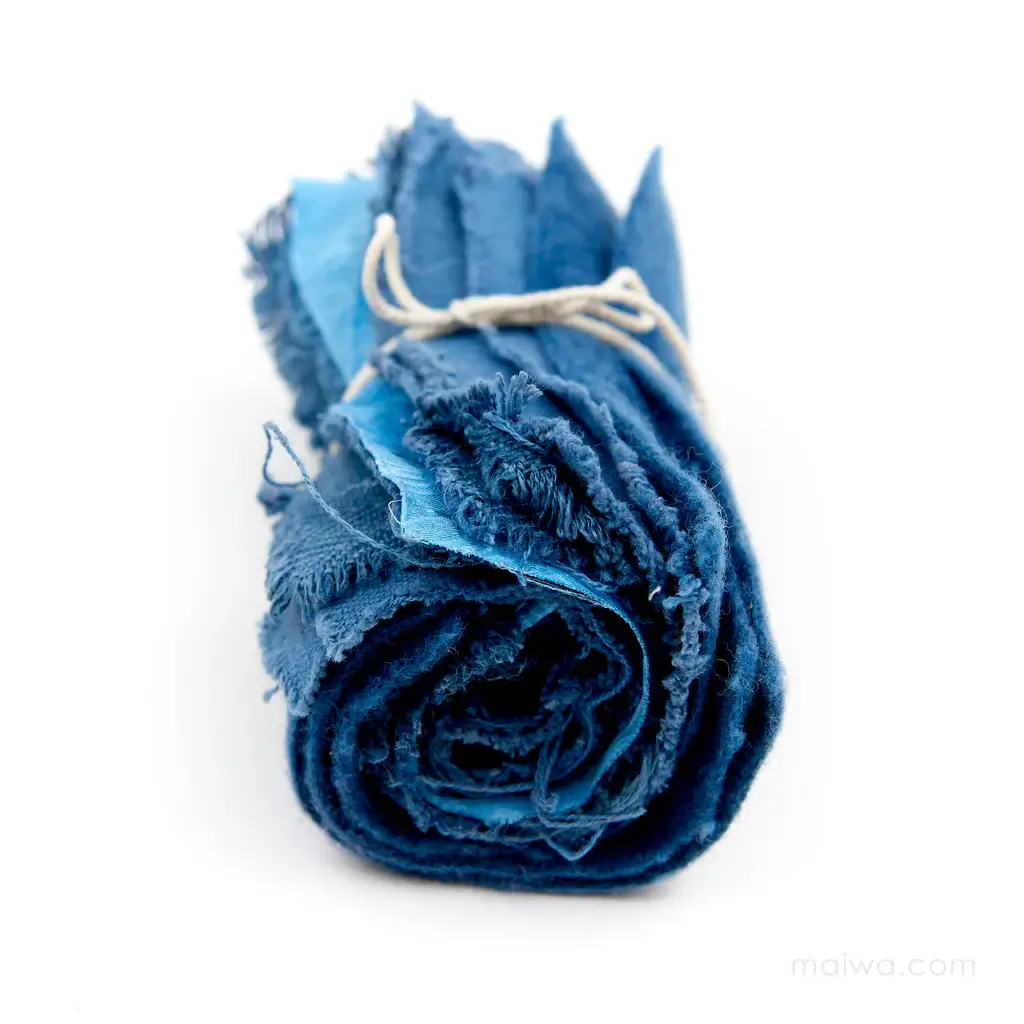
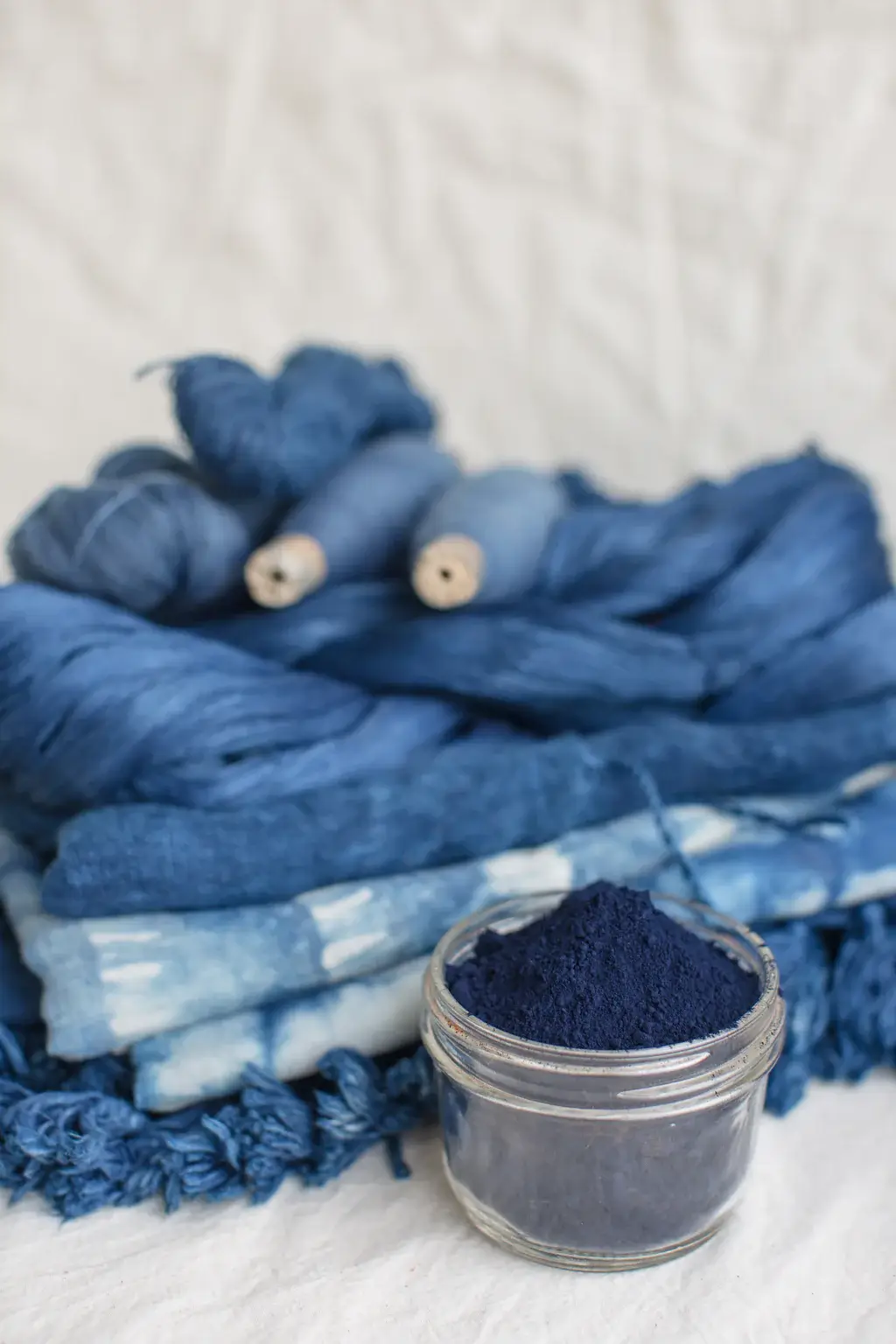
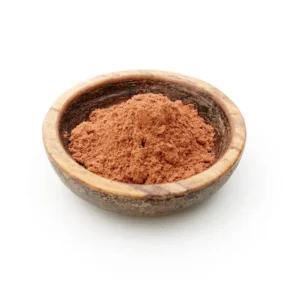
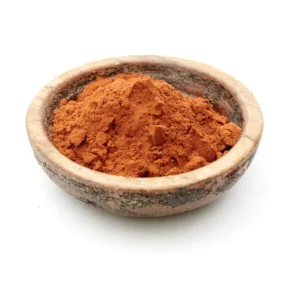
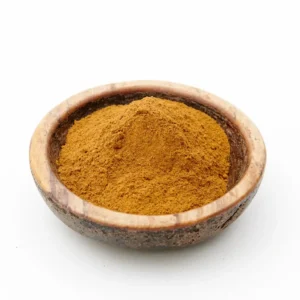
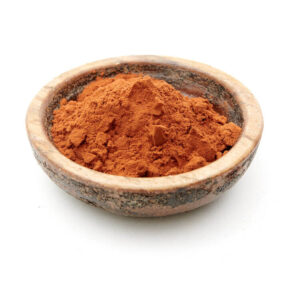
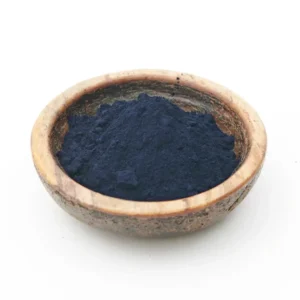
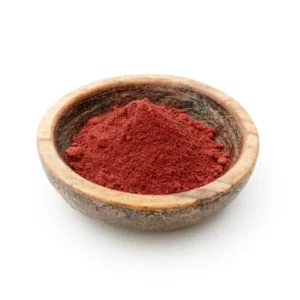
Reviews
There are no reviews yet.